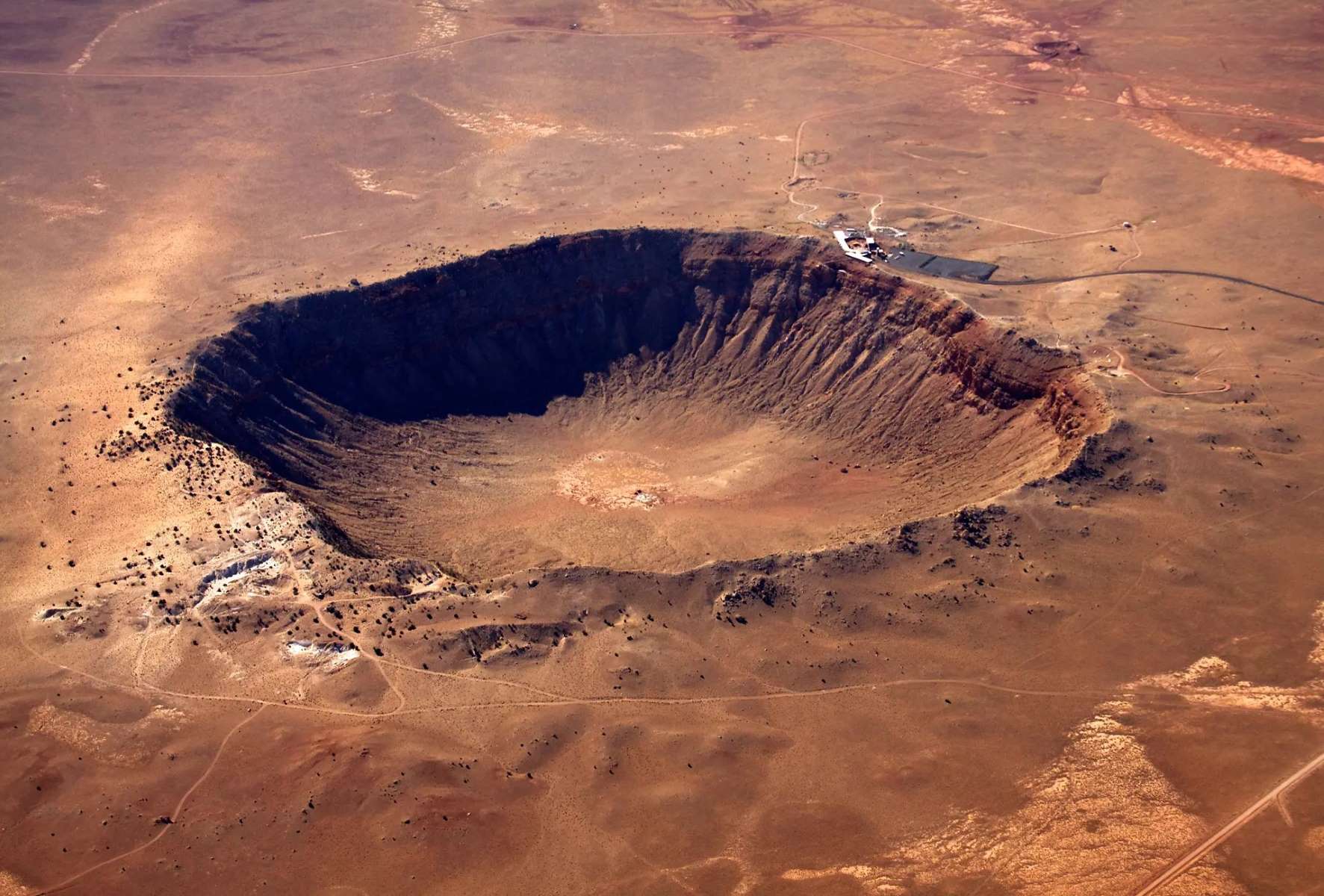Hidden Meteorite Craters And Their Mysteries

Have you ever wondered about the secrets hidden beneath Earth's surface? Meteorite craters hold many of these mysteries. Formed by space rocks crashing into our planet, these craters tell stories of ancient impacts. Some are visible, like Arizona's famous Barringer Crater. Others hide under ice, water, or dense forests. Scientists study these craters to learn about Earth's history and the solar system. Each crater offers clues about past events, like the one that wiped out the dinosaurs. Exploring these natural wonders can feel like stepping back in time. Ready to uncover the secrets of meteorite craters? Let's dive in!
Hidden Meteorite Craters and Their Mysteries
Meteorite craters are like nature's hidden gems, often buried beneath layers of earth or water. These craters tell stories of cosmic collisions that have shaped our planet. Let's uncover some of these fascinating sites.
1. Vredefort Crater, South Africa
The Vredefort Crater is the largest verified impact crater on Earth. Formed over 2 billion years ago, it spans about 300 kilometers. This ancient site offers a glimpse into the planet's early history and the powerful forces that have shaped it.
2. Chicxulub Crater, Mexico
Located on the Yucatán Peninsula, the Chicxulub Crater is famous for its link to the dinosaur extinction event. Measuring around 150 kilometers in diameter, this crater is a testament to the catastrophic impact that changed life on Earth forever.
3. Sudbury Basin, Canada
The Sudbury Basin in Ontario is one of the world's largest and oldest impact structures. Formed about 1.85 billion years ago, it is rich in nickel and other minerals. This crater has significantly influenced the region's geology and economy.
4. Manicouagan Crater, Canada
The Manicouagan Crater in Quebec is one of the best-preserved impact structures. Created around 214 million years ago, it features a distinctive ring-shaped lake. This crater provides valuable insights into the Earth's geological past.
5. Popigai Crater, Russia
Located in Siberia, the Popigai Crater is one of the largest impact craters on the planet. Formed about 35 million years ago, it is known for its diamond-rich deposits. This site highlights the connection between meteorite impacts and valuable mineral resources.
6. Wolfe Creek Crater, Australia
Wolfe Creek Crater in Western Australia is a well-preserved impact site. Formed around 300,000 years ago, it measures about 875 meters in diameter. This crater is a popular destination for tourists and researchers alike.
7. Lonar Crater, India
Lonar Crater in Maharashtra is a unique impact site because it was formed in basaltic rock. Created around 52,000 years ago, it has a diameter of about 1.8 kilometers. This crater is a natural laboratory for studying impact processes and microbial life.
8. Barringer Crater, USA
Also known as Meteor Crater, Barringer Crater in Arizona is one of the best-preserved impact sites. Formed about 50,000 years ago, it measures approximately 1.2 kilometers in diameter. This crater is a popular tourist attraction and research site.
9. Kaali Crater, Estonia
The Kaali Crater field on the island of Saaremaa consists of nine meteorite craters. Formed around 4,000 years ago, the largest crater has a diameter of about 110 meters. This site has significant cultural and historical importance in the region.
10. Gosses Bluff Crater, Australia
Gosses Bluff Crater in the Northern Territory is an ancient impact site. Formed around 142 million years ago, it has a diameter of about 22 kilometers. This crater is a sacred site for the local Aboriginal people and a fascinating geological feature.
The Fascination of Meteorite Craters
Meteorite craters hold secrets about our planet's past. These natural formations offer clues about Earth's history and the universe. Exploring craters like the Barringer Crater in Arizona or Chicxulub Crater in Mexico can be an exciting adventure. Each visit reveals more about the impact events that shaped our world.
Scientists study these craters to understand the effects of meteorite impacts. This research helps predict future events and protect our planet. For travelers, visiting these sites is a chance to witness history and marvel at nature's power.
Whether you're a science enthusiast or just curious, meteorite craters are worth exploring. They remind us of the dynamic forces at play in our universe. So, next time you plan a trip, consider adding a meteorite crater to your itinerary. It's a journey through time and space you won't forget.

